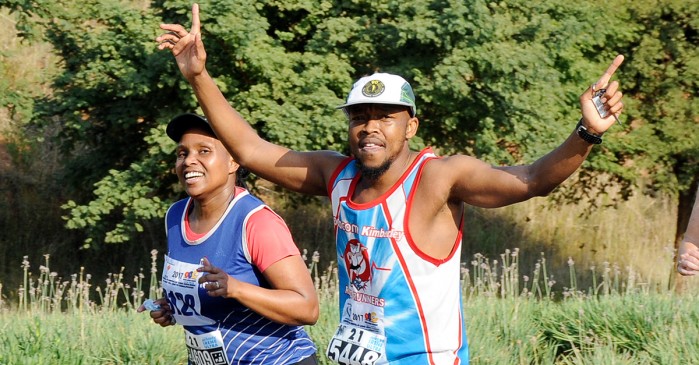With just over four months until the Comrades Marathon, this is the time of year when many ultra-runners are thinking about their marathon qualifier and longer training runs, and the Modern Athlete Irene Ultra on 8 April is definitely one to pencil into your training programme.
If the Comrades Marathon is one of your goals this year, then you should be looking to run your qualifying marathon around mid-February – which in other words means anything from late January to early March, depending on the availability of marathons in your area on the race calendar.
To run a good, strategic qualifier, you need to have done the minimum amount of mileage in order to qualify in the slowest time possible within your target batch. For example, if you’re looking for a C-batch qualification at Comrades then you need to run between a 3:20 and 3:40 marathon. You should be aiming for as close to 3:40 as you can, not 3:20 so that you leave plenty in the tank for Comrades.
Apart from long training runs to ensure you can comfortably complete your qualifier, your focus should be on getting faster. This will enable you to cover more distance in the same amount of time when you start your real Comrades build-up in mid-March. Therefore, make sure there is some speed work in your training programme, not just long slow distance (LSD).
Throw in a Shorter Ultra
Then, after you’ve run your qualifier and given yourself enough time to recover, you should look to do gradually longer training runs to increase your mileage and prepare your body for the 87km of Comrades. And for that, the race calendar once again offers some terrific options, like the Modern Athlete Irene Ultra 48km on 8 April.
By using this ultra race as part of your training programme for Comrades, you get a vital long run in, with regular water tables and plenty of company and race-day vibe to motivate you along the way. You also get a challenging route with some big climbs that will give you a solid workout in preparation for the Big 5 hills of Comrades. It just all makes sense.
Of course, the onus will be you to hold back at Irene. Don’t race it too hard, because as with your qualifier, you want the distance in your legs, but don’t want the recovery period to be too long and thus impact on your training programme. The aim is to run it conservatively, rest and recover quickly, and then get back to training.
Now for the Time Bonus
On the other hand, if you intend using the Irene Ultra as your qualifier – the Comrades qualification period ends on 2 May – and this is where the real bonus of this race comes in. The Comrades qualification criteria table says you need to run sub-six hours for the distance of 48-50km, so if you run a 48km race, you actually have 2km free, or more accurately, more time to run 48km instead of 50km for the same qualification.
Let’s break down the math: To clock six hours for 50km, you need to maintain a pace of 7:12min/km. Now if you round that down to an average of 7min/km, so as to build in a safety factor, you would be on course for a 5:50 finish and a safe qualifier. In contrast, to clock six hours on a 48km distance, you only need to maintain a pace of 7:30min/km, thus giving you an extra 18 seconds per kay, and by rounding that down to 7:20min/km, you would be on course for a 5:52 finish, and a safe qualifier.
So that means using a 48km race as your qualifier instead of a 50km race allows you to run up to 20 seconds per kay slower overall! Obviously, this bonus time difference comes down a bit if you are targeting a faster qualifier for a higher seeding, but the shorter distance still allows you to run a bit slower to get the same qualification result as in a 50km race.


